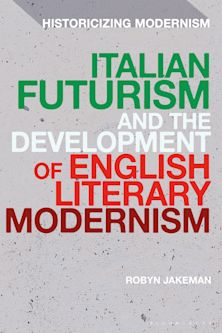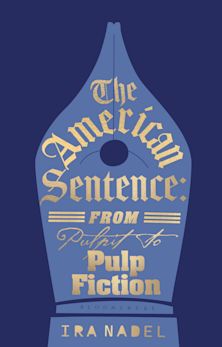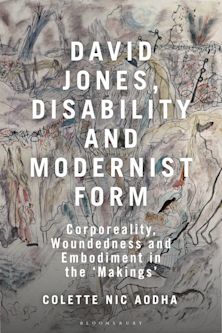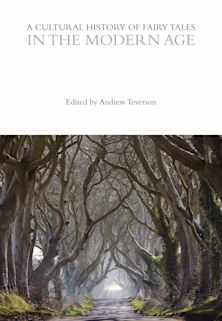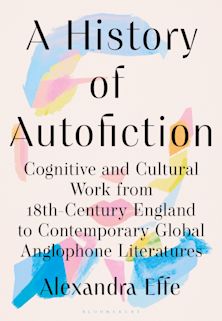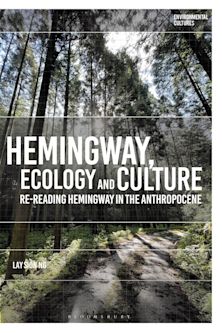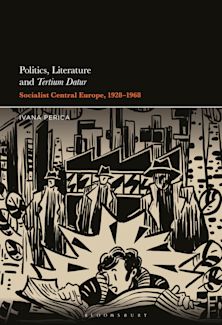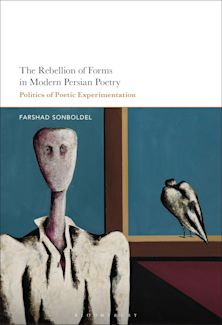Ekphrasis, Memory and Narrative after Proust
Prose Pictures and Fictional Recollection
Ekphrasis, Memory and Narrative after Proust
Prose Pictures and Fictional Recollection
Description
This book explores the relationship between ekphrasis and memory in the novel. Drawing on À la recherche du temps perdu, Leonid Bilmes considers how Vladimir Nabokov, W. G. Sebald, Ben Lerner, Ali Smith and Lydia Davis have employed and reshaped Proust's way of depicting the recollected past.
In Ada, Austerlitz, 10:04, How to Be Both and The End of the Story, memory images are variously transposed into intermedial descriptions that inform the narrator's story, just as they serve to shape the reader's own remembrance of each of these narratives. Ekphrasis in the novel after Proust, Bilmes argues, acts as a distinct site within the text where past and present, self and other, image and text, seeing and hearing, are ever on the brink of reconciliation.
The book surveys a wide field of critical inquiry, encompassing classical theorizations of ekphrasis, philosophical explorations of memory and visuality, as well as seminal studies of image-text relations by, among others, W. J. T. Mitchell, Jean-Luc Nancy and Liliane Louvel. Bilmes's compelling dialogue with theory and literature evinces the underexplored bond between ekphrasis and memory in the contemporary novel.
Table of Contents
List of Illustrations
Acknowledgements
Introduction: On seeing prose pictures
1 Proust's way: Ekphrasis, memory, narrative
2 After Proust: By way of ironized nostalgia
3 Description and narration in Vladimir Nabokov's Ada or Ardor
4 Narration's looming of the archive in W.G. Sebald's Austerlitz
5 Retrospect, prospect and the fiction of the face in
Ben Lerner's 10:04
6 Commemoration via intermedial lamination in Ali Smith's
How to be both
7 Writing forgetting in Lydia Davis's The End of the Story
Conclusion
Works Cited
Index
Product details

| Published | 15 Dec 2022 |
|---|---|
| Format | Ebook (PDF) |
| Edition | 1st |
| Extent | 256 |
| ISBN | 9781350336841 |
| Imprint | Bloomsbury Academic |
| Illustrations | 10 bw illus |
| Publisher | Bloomsbury Publishing |
Reviews

ONLINE RESOURCES
Bloomsbury Collections
This book is available on Bloomsbury Collections where your library has access.















